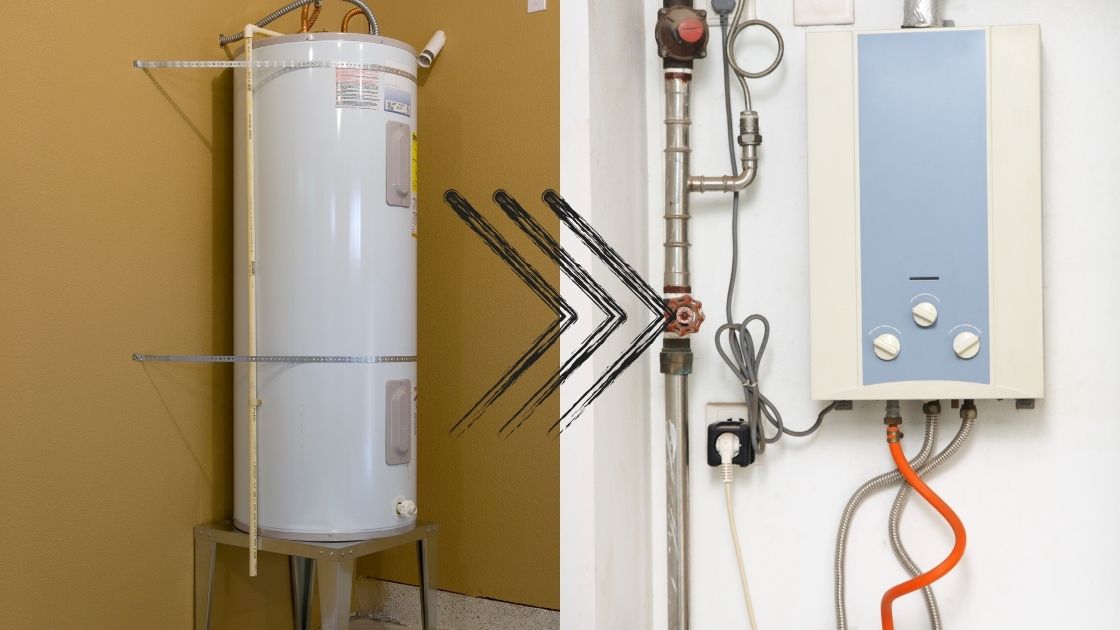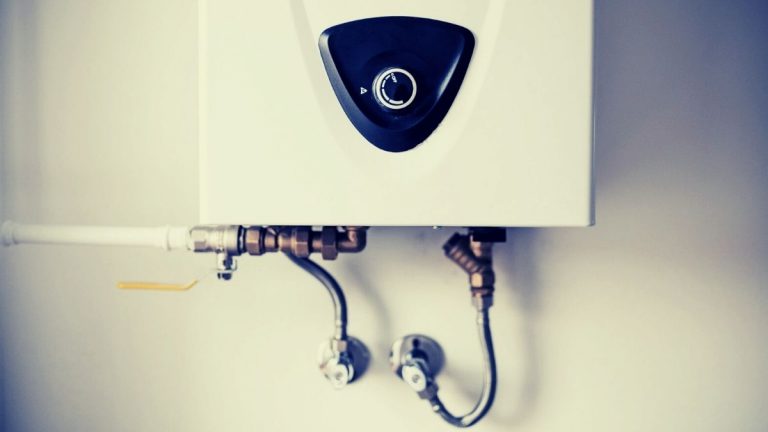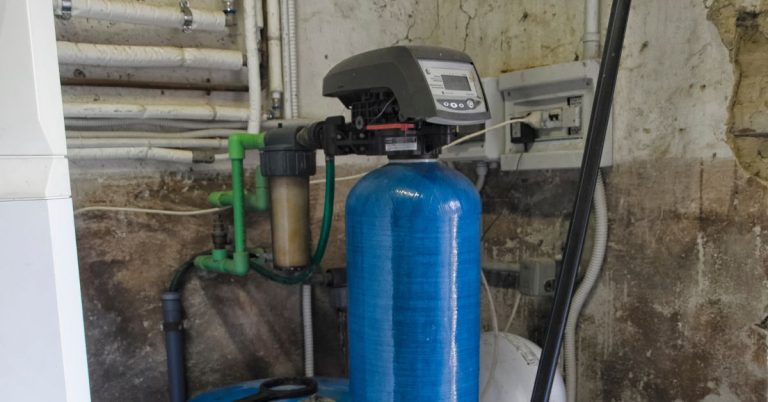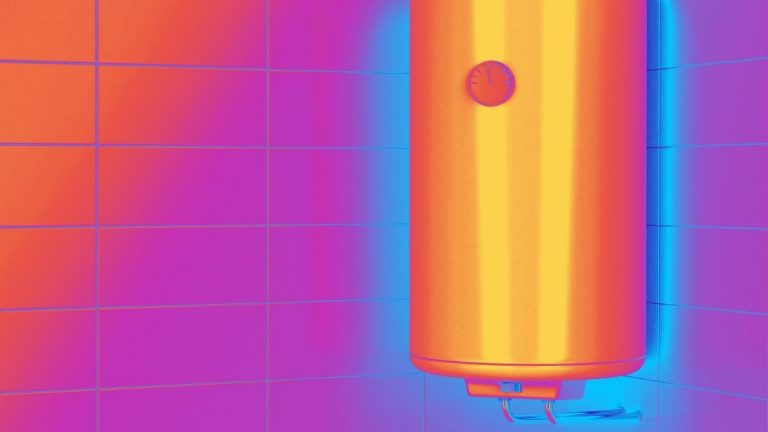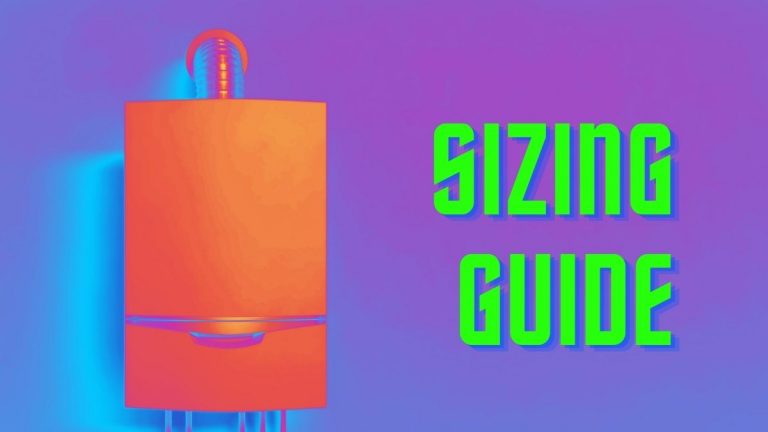How to Switch From Tank Water Heater to Tankless: A Guide!
Is your old tank unit about to die or gave up already? Are you tired of running out of hot water? Want to know how to switch from a tank water heater to a tankless one? Are you looking for steps and guidance for a proper replacement to switch to tankless? If yes, then you are at the right place.
Common in Europe and Asia, tankless water heaters have come a long way since it’s introduction in the 90s and are very reliable.
They are gaining so much popularity thanks to the number of advantages. Like you literally get unlimited access to hot water, no risk of flooding due to leak in the tank and visible savings on your monthly heating cost, and much more. So it makes complete sense to make a switch. So let’s do it.
Steps you need to take to switch from the tank water heater to tankless
Now that’s okay if you don’t know much about tankless water heaters. I’ll tell you what you need to know and do step by step so you don’t end up making wrong choices when switching from one tech to another.
1. Find out the size you need
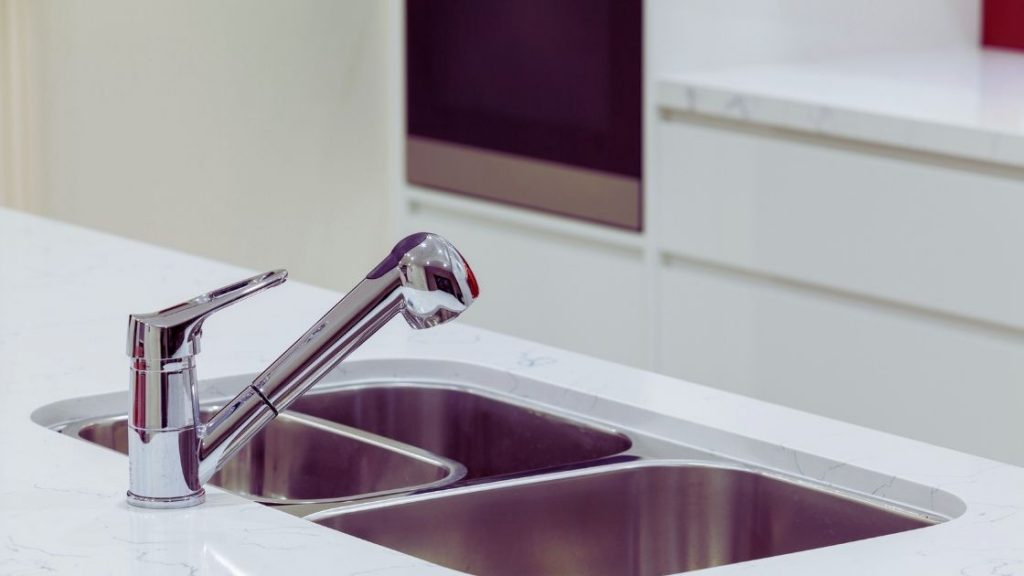
Sizing the tankless water heater is completely different from the tank type. Here, a tankless water heater heats water at gallon per minute (GPM) capacity. That means, it can deliver unlimited hot water but at a certain max GPM.
So what you need to do is find how many maximum fixtures like shower, faucet, and/or washer you can possibly use at the same time. Usually, it’s high during morning peak time when the kid is in the shower, the spouse is making breakfast and someone else is doing laundry. So you have to add that all up to get the size you need for the tankless water heater.
For example: shower (1.5 GPM) + kitchen faucet(1 GPM) + washing machine (2 GPM) = 4.5 GPM.
The size in the above situation is 4.5 GPM. That means you need a tankless water heater with a flow rate of 4.5 GPM.
You should know that this flow rate varies based on inlet and outlet temperature. The same water heater that has a 4.5 GPM flow rate in a warm climate will have a much lower flow in colder climates like in Alaska. It’s due to differences in groundwater temperature. You can also skim through the water heater buying guide here to know more.
2. Consult plumber & electrician to get quotes

If you have decided which tankless water heater you gonna buy then share the heater details and specifications with the plumber/electrician. Make sure you call one with experience in tankless heaters.
You will want to know if any changes to your plumbing system are required or your electric service panel and breaker need an upgrade.
Sometimes what happens is, if you have an old home with an old plumbing system then a plumber might advise you to install a smaller tankless unit at each fixture instead of one big for the whole house. It all depends on the plumbing situation of your house.
If you decide to go with an electric tankless water heater then it’s possible that your electrician will ask you for a service upgrade to 200 or even 300 Amperage. It may cost you several grand for an upgrade.
If you had a tank gas water heater and decided to upgrade to gas tankless then you might need to add an extra gas line to meet the gas volume and pressure demand of the new tankless gas unit. And you may also need to build a new vent for it. Usually, tankless gas water heaters are expensive to install than the electric types. Learn more about gas vs electric tankless water heaters here.
Anyway, you will want to get a written quote for the proper installation of your unit.
3. Install it already

The best time to switch to a tankless water heater is now. As per research, 90% of people buy a water heater in an emergency when their old unit breaks. And isn’t it obvious that decisions made in a hurry are mostly bad?
That said, if you think your old unit is about to reach its end then it’s better you plan ahead and research your upgrade now. You will be able to make the smart choice and save money as well.
Buy your unit and get it installed before the old one dies.
Things you should know before switching to tankless water heaters
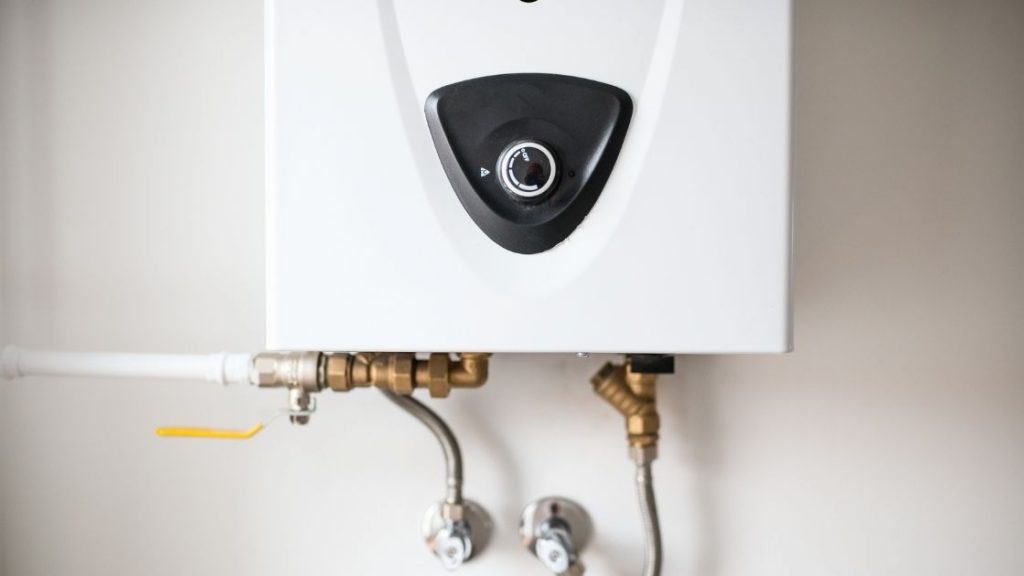
- Tankless water heaters are very compact, a 1/10th in a size compared to tank water heaters
- They take less space, can be mounted on walls, in the bathroom cabinet,s and saves your precious floor space
- Tankless water heaters are on-demand and there’s no standby energy loss
- You get the luxury of unlimited hot water and never run out of it
- Tankless water heaters are at least 25 – 30% more energy-efficient than tank water heaters.
- On average, you can save 100$ annually on water heating costs.
- The initial investment in a tankless water heater can be upto 2 to 3 times more than a tank type.
- Unlike tank water heaters, tankless water heaters, even gas-powered units can not provide hot water during a power outage.
- There’s no risk of leakage and catastrophic flooding with a tankless water heater
- Hot water temperature can fluctuate and take a few minutes to stabilize
- You may need local building and plumbing permits from your municipality to replace your old water heater.
- Sometimes complete plumbing retrofit is required if the home is old with classic plumbing or you might be advised to install smaller tankless units at each fixture than one big for the whole house.
- Depends on whether you choose gas or electric tankless, you may need to put an additional gas line or electric service upgrade both of which can get expensive.
- The further north you live, the higher power tankless water heater you will need
- A tankless water heater can last twice as long as tank type and in the range of 20 to 25 years if maintained properly
- Tankless water heaters should be maintained and flushed of sediment annually. Twice a year if the water is in your area is hard
- There’s no risk of harmful bacteria growth like with conventional tank-type
- If you need recommendation, check out our curated list of best whole house electric tankless water heaters.
The pros and cons of tankless water heaters
Conclusion
Tankless water heaters are the most efficient when it comes to home water heating needs. They are fast replacing the conventional tank water heaters for a number of perks that it offers. Compact, energy-saving, money-saving, and on-demand unlimited hot water are a few of such perks.
But tankless water heaters can cost a lot initially and comparatively lower annual savings might not make sense for some people. However, once installed, tankless delivers reliable performance for years to come.

